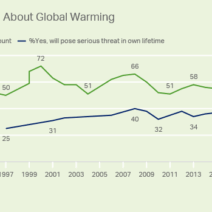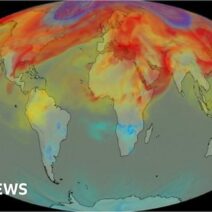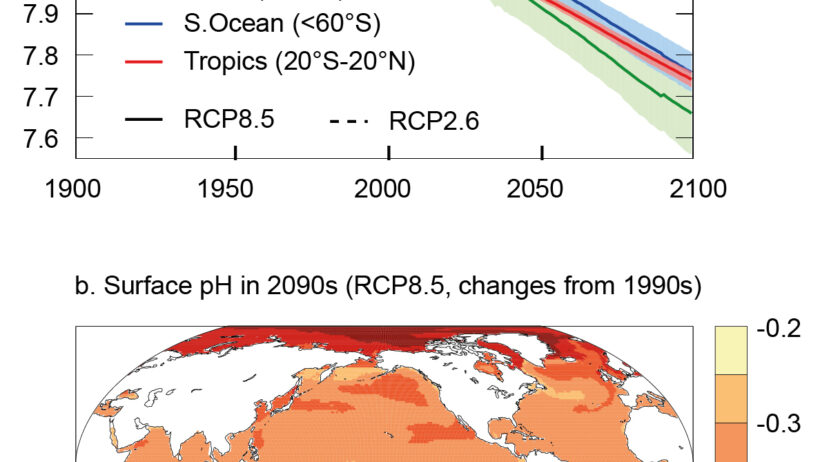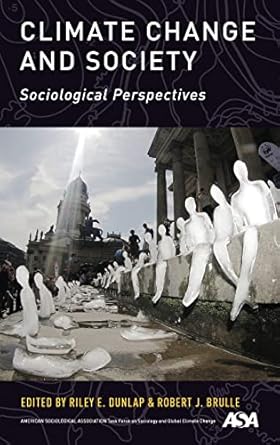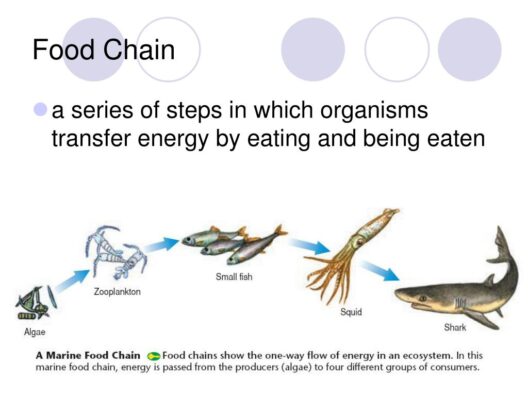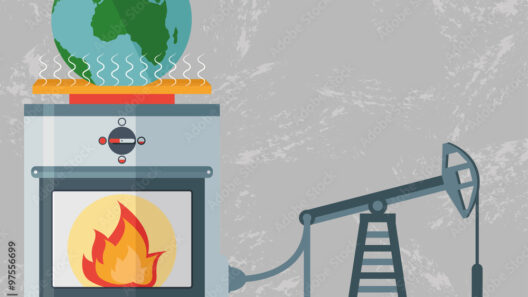Climate change remains one of the most pressing issues of our time, a cataclysmic phenomenon with widespread implications for humanity, ecosystems, and the planet itself. The phrase “End the Burn” encapsulates a call to action, emphasizing the urgency of reducing carbon emissions and transitioning to sustainable practices. Achieving this formidable goal necessitates a multifaceted approach involving policy changes, innovation in technology, and a cultural shift towards conservation.
The combustion of fossil fuels for energy generation, transportation, and industrial applications is the primary contributor to global greenhouse gas emissions. Consequently, to pave the way to a sustainable future, society must prioritize methods and strategies that will facilitate a significant reduction in carbon output. One of the predominant avenues is transitioning to renewable energy sources.
1. Transitioning to Renewable Energy Sources
Renewable energy sources such as solar, wind, hydroelectric, and geothermal offer viable alternatives to fossil fuels. Sophisticated advancements in solar technology allow for increased energy capture and conversion efficiencies. Innovations like bifacial solar panels enable energy absorption from both sides, enhancing performance even in suboptimal conditions.
Wind energy, too, has evolved. Modern wind turbines are more efficient and can generate power even at lower wind speeds. The proliferation of offshore wind farms expands the possibilities for harnessing wind power where traditional land-based installations may encounter geographical limitations.
Furthermore, the diversification of energy portfolios through localized microgrid technologies enhances resilience against supply disruptions. Communities can utilize renewable sources tailored to their geographical contexts, reducing dependence on centralized fossil fuel infrastructures.
2. Energy Efficiency Improvements
Improving energy efficiency in buildings and transportation systems is crucial to minimizing overall emissions. Retrofitting existing structures with modern insulation materials, energy-efficient windows, and advanced HVAC systems can drastically reduce energy consumption. The implementation of smart technologies—such as smart thermostats and energy management systems—provides real-time data, fostering conscious energy use.
Transportation also represents a significant sector where efficiency gains are paramount. The adoption of electric vehicles (EVs) can curtail emissions dramatically. However, the entire infrastructure surrounding EVs, including charging stations and renewable energy generation, must be robust to sustain this transition. Legislative incentives for EV adoption and investment in public transport systems can further catalyze widespread uptake.
3. Policy Initiatives and Regulation
Government policy plays an irreplaceable role in shaping environmental outcomes. Stricter regulations on vehicle emissions, including protocols that mandate reduced carbon outputs, can drive the shift towards cleaner alternatives. The introduction of carbon pricing mechanisms, such as carbon taxes or cap-and-trade systems, incentivizes businesses to minimize their emissions by assigning a cost to carbon output, thus internalizing environmental costs in market transactions.
Policies that promote research and development in clean technologies are paramount. Public funding should be allocated to innovative solutions capable of sequestering carbon or producing alternative energy solutions. Legislative frameworks should support community-focused initiatives that empower localities to devise tailored solutions for their environmental challenges.
4. Promoting Sustainable Agriculture
The agricultural sector is a significant, though often overlooked, contributor to greenhouse gas emissions. Practices such as monocropping and reliance on chemical fertilizers contribute to soil degradation and increased emissions. Transitioning to sustainable agricultural practices like agroecology can serve to enhance carbon sequestration in soil while producing food in a manner that is congruent with ecological integrity.
Additionally, reducing food waste is paramount; approximately one-third of food produced globally is wasted, incurring unnecessary emissions during production, transportation, and disposal. Consumers can play a role in minimizing waste through conscious purchasing habits, while policymakers can encourage food redistribution strategies to assist food-insecure populations.
5. Raising Awareness and Education
Involvement of the public in climate action is critical. Education and awareness-raising initiatives can cultivate a sense of stewardship towards the environment. Curriculums that emphasize environmental science and sustainability can empower future generations to embrace eco-conscious practices. Grassroots movements and community outreach programs can nurture a culture of sustainability, driving collective efforts in localities across the globe.
Digital platforms can empower individuals through information dissemination, enabling them to engage in advocacy, participate in local initiatives, and mobilize support for climate-friendly policies. Whether through social media campaigns or community forums, enhancing public discourse around environmental issues fosters a profound sense of responsibility and agency.
6. The Role of Conservation and Biodiversity
The preservation of forests, wetlands, and biodiversity is intrinsic to mitigating climate change. Natural ecosystems act as carbon sinks, absorbing carbon dioxide from the atmosphere. Deforestation for agricultural expansion or urban development must be curtailed, and initiative-driven reforestation efforts are vital. The restoration of degraded land can not only improve biodiversity but serve as a critical carbon sequestration strategy.
Furthermore, biodiversity loss compromises ecosystem resilience, as varied species are essential for maintaining balance. Promoting policies that protect habitats and encourage sustainable land-use practices can amplify efforts to combat climate change effectively.
7. Building a Sustainable Economy
An economic transformation that prioritizes sustainability over short-term gain is fundamental to ending the environmental crisis. Circular economic models advocate for the reduction of waste and the sustainable management of resources. Industries can adopt practices that promote the recycling, repurposing, and upcycling of materials, thereby reducing the need for virgin resources while concurrently diminishing emissions associated with production.
Investments in green technologies and sustainable business practices can create pathways for economic growth while generating job opportunities rooted in environmental stewardship. As society shifts toward sustainability, it cultivates a more resilient economic framework capable of withstanding environmental and societal pressures.
In conclusion, “End the Burn: How to Decrease or Even End Climate Change” is an ambitious yet attainable vision contingent upon concerted efforts at multiple levels—individual, community, corporate, and governmental. By transitioning to renewable energy, enhancing efficiency, pursuing policy initiatives, promoting sustainable agriculture, raising awareness, conserving biodiversity, and fostering a sustainable economy, we can forge a path towards a healthier planet. Embracing these principles is not merely an option; it is our obligation to future generations and the world we inhabit.
